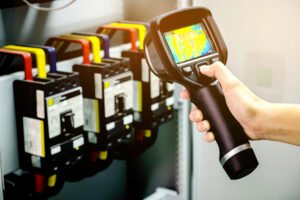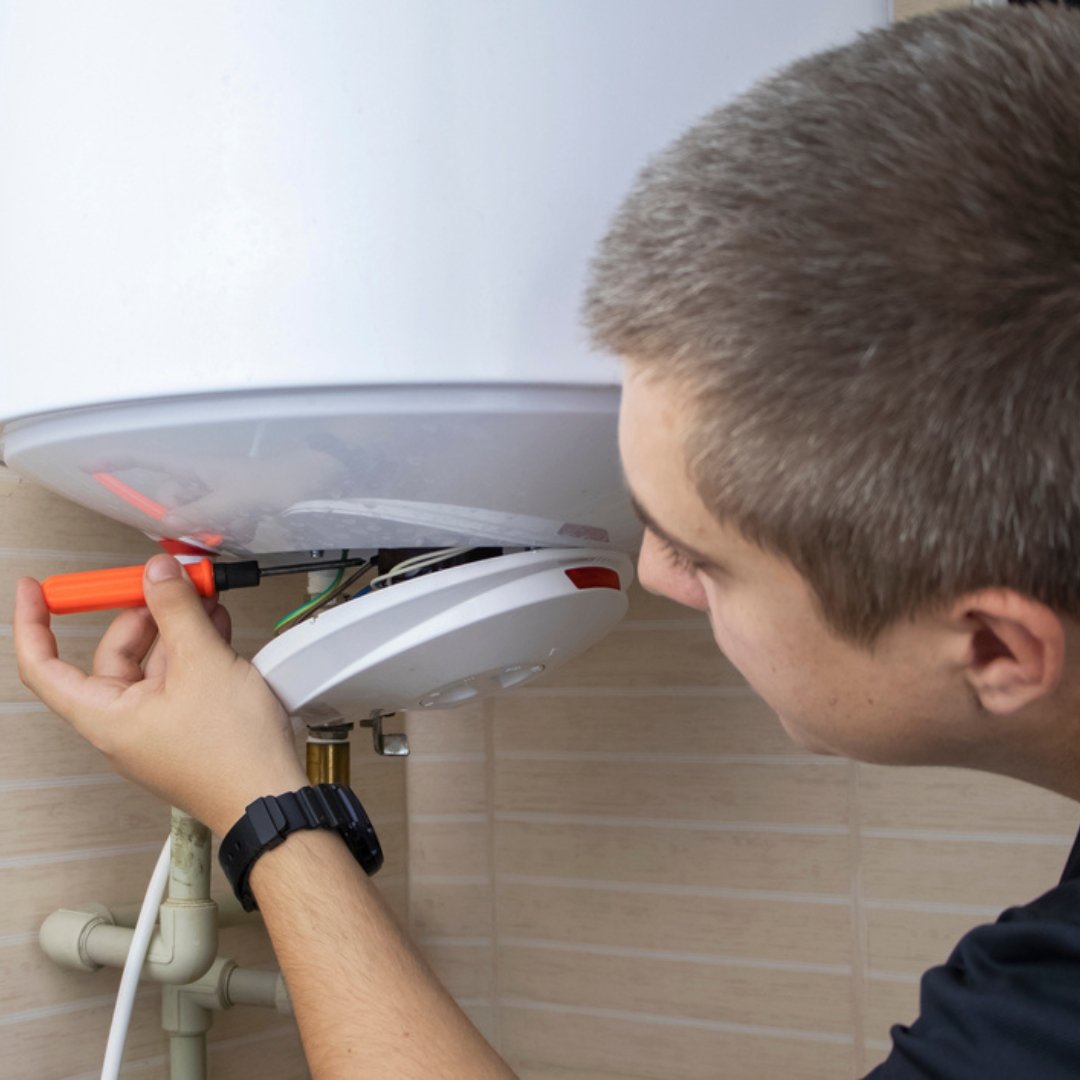New Technologies in Electrical Safety
Electrical safety has always been a critical concern in industries, workplaces, and homes. With increasing dependence on electricity for day-to-day operations, the risk of electrical hazards such as shocks, arc flashes, and fires continues to rise. Fortunately, advancements in technology are transforming the way we approach electrical safety, offering smarter, faster, and more reliable solutions to protect both people and infrastructure. To Know More Click Here

1. Smart Circuit Breakers
Traditional breakers simply trip when circuits overload, but smart circuit breakers go beyond. They provide real-time data on current flow, voltage, and system health, helping technicians predict failures before they occur. Through mobile apps or dashboards, users can monitor energy use and identify hazardous conditions remotely.
2. Arc Fault Detection Devices (AFDDs)
Arc faults are among the leading causes of electrical fires. AFDDs are designed to detect dangerous electrical arcs in circuits and shut down power before a fire starts. These devices are now becoming mandatory in many regions for residential and commercial applications. To Know More Click Here

3. Wearable Safety Technology
Electrical workers are now equipped with smart helmets, gloves, and vests that monitor environmental conditions and worker health. For example, wearable sensors can detect high-voltage proximity, track heart rate, or send alerts in case of a fall, ensuring rapid response in emergencies.
4. Thermal Imaging and Infrared Sensors
Overheating components often precede electrical failures. Modern thermal cameras and infrared sensors allow non-contact inspection of panels, cables, and equipment, helping technicians spot hotspots before they escalate into accidents. AI-enhanced imaging now makes fault detection even more accurate. To Know More Click Here

5. Ground Fault Protection Upgrades
Ground Fault Circuit Interrupters (GFCIs) and Residual Current Devices (RCDs) are evolving with higher sensitivity and faster response times. These devices can detect even minor leakages of current and cut off power instantly, minimizing the chance of electrocution.
6. Internet of Things (IoT) Integration
IoT-based electrical safety systems allow remote monitoring of entire electrical networks. From smart meters to connected sensors, these systems provide predictive maintenance insights and immediate alerts on hazardous conditions, reducing downtime and preventing accidents.
7. AI and Predictive Analytics
Artificial Intelligence is being used to predict electrical risks by analyzing large amounts of operational data. AI can detect patterns of wear, potential insulation failures, and even estimate the remaining lifespan of equipment, enabling proactive interventions. To Know More Click Here

Conclusion
The future of electrical safety lies in the integration of smart technologies, predictive analytics, and IoT-driven monitoring systems. These innovations are not just preventing accidents but also improving energy efficiency and reducing costs. As industries and households adopt these technologies, we move closer to a safer, more reliable electrical environment.
SafeTag – Your Safety Partner in New Zealand
Ensure workplace safety and compliance with SafeTag’s professional testing services. We offer certified solutions for Electrical Testing & Tagging, RCD Testing, Microwave Leakage Testing, and Portable Appliance Testing (PAT). Trust our experts for hassle-free, on-site service tailored to your business needs.




